Vietnam owns one of the world’s most beautiful beaches and plenty of beautiful scenery, fascinating culture and history. It has many historic attractions and old temples. And there are many historical sites are people of Vietnam keepers.
These are the top 10 places to visit in Vietnam. Here it’s a handy list of beautiful places you simply cannot miss seeing during your travels in Vietnam.
1. Hanoi
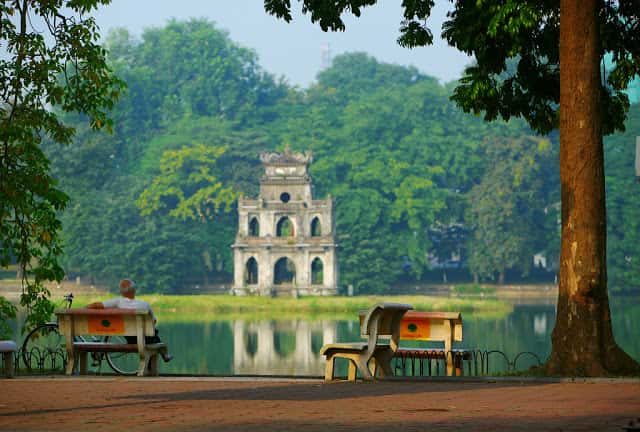
Hanoi is arguably Asia’s most charming capital city. Hanoi, meaning ‘where the river bends’ is a city of broad, tree-lined boulevards, elegant French villas and colonial-era buildings painted in muted hues of yellow and orange. It is also one of Asia’s greenest cities with an abundance of parks and lakes as well as a host of cafes and art galleries and an Old Quarter steeped in history. The city’s most interesting places for tourists are all relatively close to each other, which makes it easy to enjoy the best parts of the city on foot or by cyclo. You could probably explore well-known landscape in Hanoi such as Literature Temple, One Pillar Pagoda, Sword Lake, West Lake, History Museum, Flag Pole, Ancient city…
2. Sapa
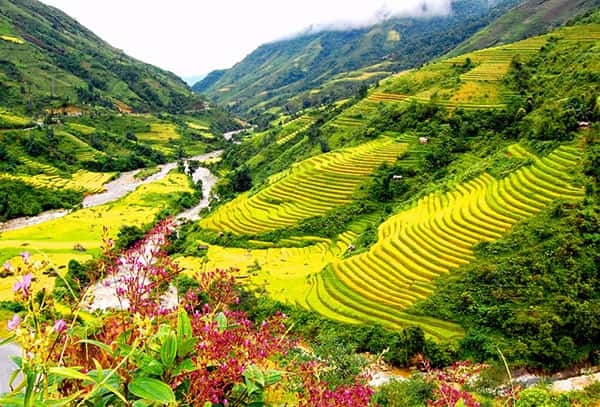
Sapa is one of the most breathtaking hill stations in Vietnam which reflects the signature of French architecture and colorful hill tribal cultures. This is home to stunning mountain landscapes, verdant rice terraces, unique stilt villages and Indochina peak, the Fansipan. Travellers are invited to enjoy the best of Sapa all the year round with different taste of seasons and exciting outdoors.
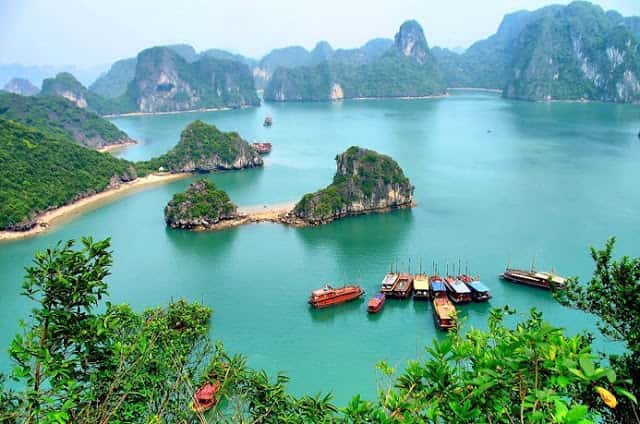
Halong Bay has twice been recognized by UNESCO as a World Natural Heritage Area for its exceptional scenic beauty and outstanding geological and geomorphic values. In 2012, the New 7 Wonders Foundation officially named Halong Bay as one of new seven natural wonders of the world. Hạ Long Bay is also a member of the Club of the Most Beautiful Bays of the World.
4. Phong Nha - Ke Bang national park
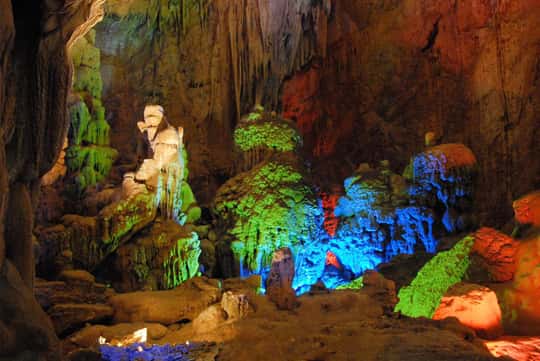
Phong Nha-Ke Bang park is now the fifth UNESCO recognised site in Viet Nam after Ha Long Bay, the imperial city of Hue, the ancient quarter of Hoi An and the My Son historical site.
Visit the rugged scenic beauty of the 200 hectare Phong Nha Ke-Bang National Park (UNESCO World Heritage Site) and:
- Explore Phong Nha Cave, a large, illuminated wonderland.
- See the spectacular jungle scenery & fascinating limestone formations of the karst mountains.
- Swim in clear turquoise rivers overhung by jungle greenery.
- Ride the river rapids.
- Investigate the extensive network of unspoilt caves that make up one of Asia’s largest cave systems.
- Observe the varied wild life; you may even come across a troop of rare Black Langur monkeys.
- Organised tours are the usual way to see these sights but walking, Xe Om and bicycle riding are also options.
- Mini van and or 7 seater car can be arranged for groups.
Ride a bicycle along the winding dirt tracks weaving through the rice paddy fields and through tiny quaint villages where you can stop to interact with the friendly locals, visit local markets & swim in the clear streams nearby.
Learn about the history of the American War from the locals who participated and visit the memorial sites that the locals hold sacred.
Participate in traditional farming activities including ploughing with buffalo and rice harvesting.
5. Hoi An Ancient Town
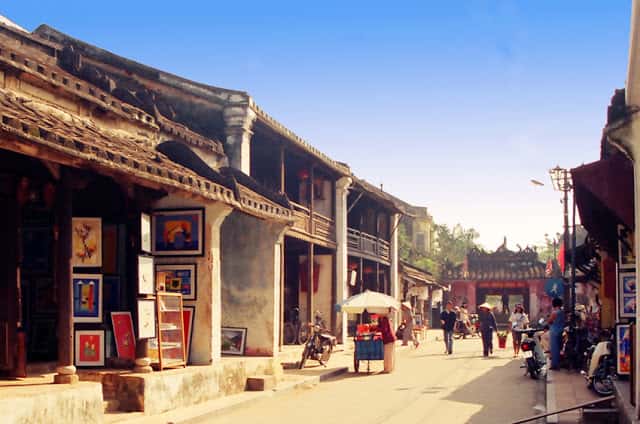
Hoi An is an old town down the Thu Bon River, on the coastal plain of Quang Nam Province, about 30 km south of Danang City
The architecture of Hoi An, which is almost entirely of wood, is of considerable interest. It combines traditional Vietnamese designs and techniques with those from other countries, above all China and Japan, whose citizens settled there to trade and built houses and community centres to their own designs.
The typical house conforms to a corridor plan, the following elements occurring in sequence: house, yard and house. The buildings are:
- family cult houses, dedicated to the worship of ancestors;
- the community houses, used for worship of ancient sages, founders of settlements, or the legendary founders of crafts;
- the pagodas are almost all from the 19th century, although inscriptions show them to have been founded in the 17th and 18th centuries. They conform to a square layout and decoration is largely confined to the elaborate roofs. In the case of the larger examples, they constituted nuclei of associated buildings with religious and secular functions. Some of the larger pagodas also served as meeting halls. These are located along the main street (Tran Phu).
- Hoi An Ancient Town was recognized as World Cultural Heritages by UNESCO in 1999.
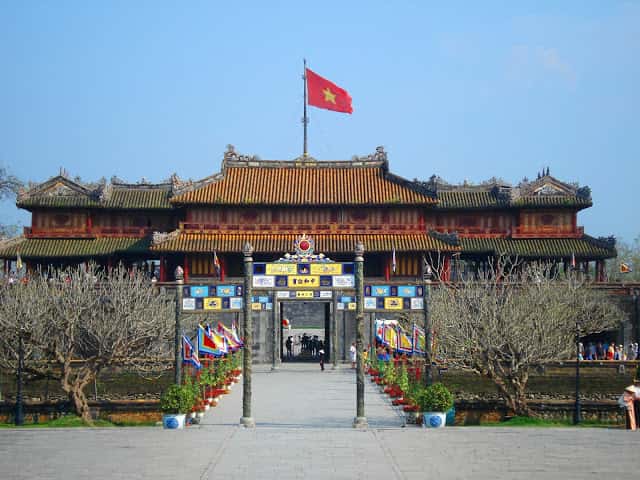
The Ngu Binh Mountain in the South is used as a front screening elevation. The Con Hen and Con Da Vien (both are sand dunes) on the Perfume River are chosen as geomancy condition "dragon on the left, tiger on the right" to protect the capital city.
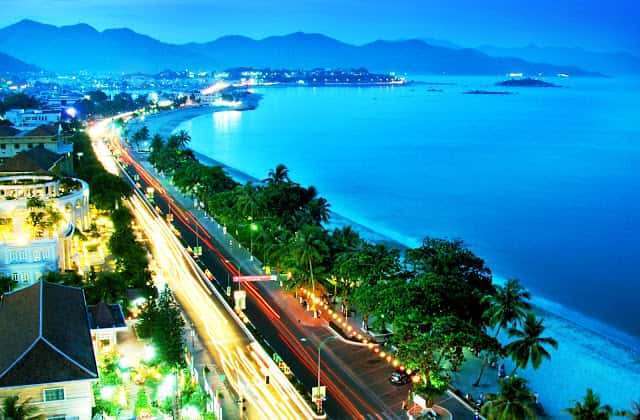
Today, Nha Trang attracts a large number of domestic as well as international tourists from all over the world, mostly in summer. If you plan to visit Nha Trang from June to August, it is advisable that you book your hotel well in advance.
Nha Trang is famous for its culinary specialties like fresh seafood and barbecued pork rolled in rice paper, which are available in many restaurants in Nha Trang. In addition, the swallow’s nest soup – with bird’s nests collected from the wild, is regarded as the best in Vietnam.
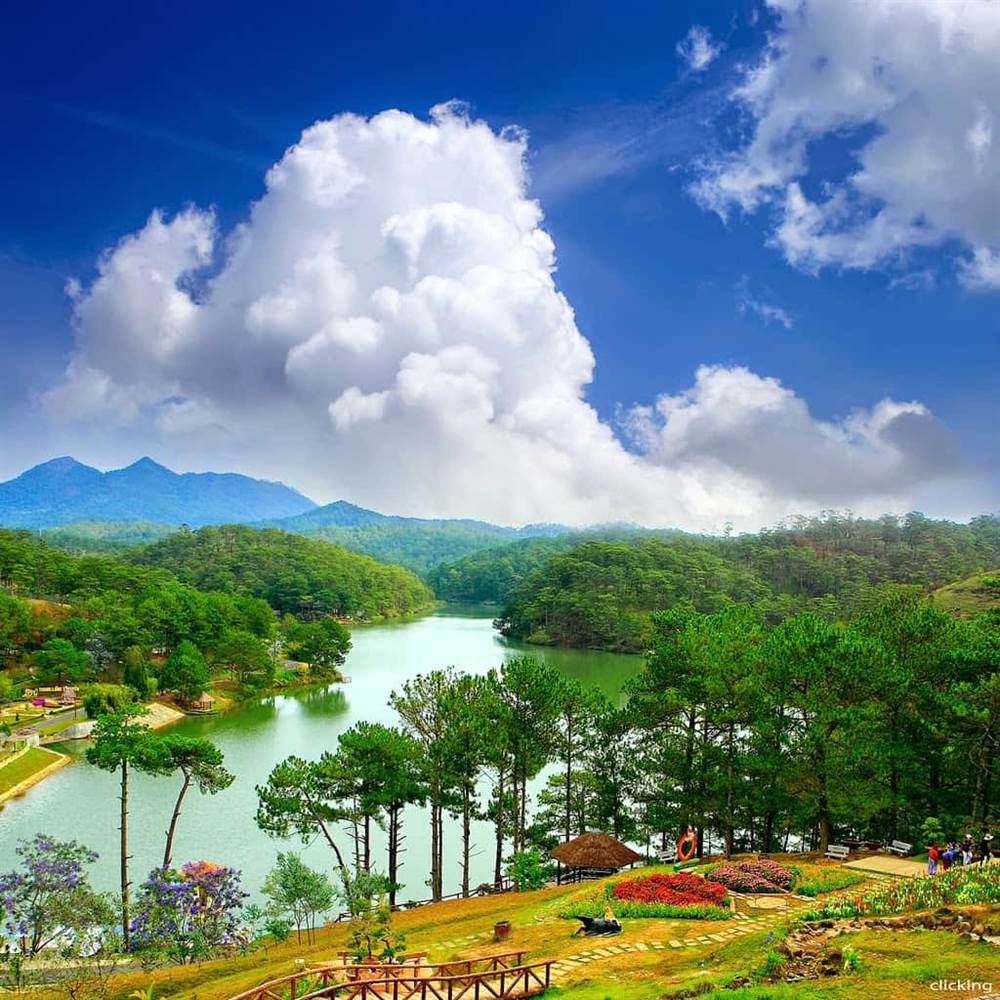
Tourists can go on from Da Lat to nearby Langbian Highlands, home to many ethnic minorities. Langbian Mountain’s highest peak (2,165 m) is very tempting for climbers. From Lom Bieng Klo peak, one can see endless green mountains reflecting the golden rays of the sun. There are many organized tours in the area, including parachuting and climbing.
Some traveler ever said: “If you are in love, a week in Da Lat – a rhythmic land of flowers and romance- will make your love turn into a happy ending!”…
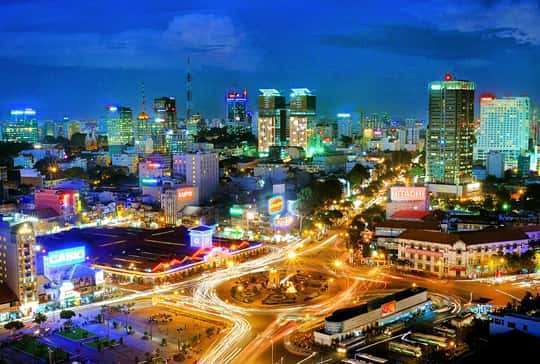
Vietnam's bustling largest city sets the cultural and economic pace for the country. The former Saigon boasts charming French colonial architecture and wide boulevards, usually thronged and choked with traffic. Taxis are an option for seeing the sprawling city. The War Remnants Museum shows the Vietnam War through Vietnamese eyes. Don't miss the impressive Jade Emperor Pagoda. Go to the frenetic Ben Thanh Market for food, flowers or frogs. Tour through the Mekong Delta, past rice paddies and houseboats.
10. Phú Quốc Island
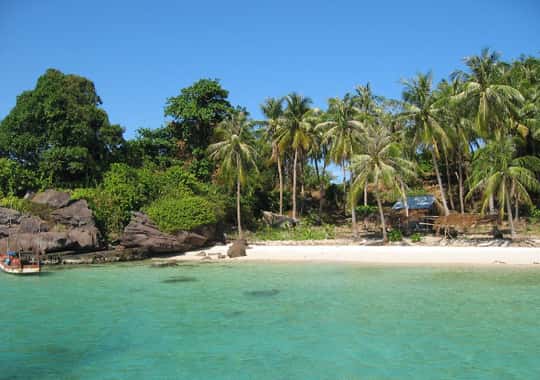
This peaceful tropical paradise, floats in the warm turquoise waters in the Gulf of Thailand, 50kms from the Vietnamese mainland and a 50 minute flight from Ho Chi Minh City (Saigon).
Open year round with a peak season from November to March, Phu Quoc is becoming well known for stunning beaches, untouched natural environment, the easy going and relaxed atmosphere, friendly locals, and fantastic scuba diving and snorkelling.
The majority of Phu Quoc Island is dedicated to National Park and protected marine environment, providing a memorable experience, with plenty of exciting activities and places to visit to keep you and the family entertained during your stay.
Phu Quoc is blessed with favourable natural environment like the virgin forest of over 37,000 hectares, white sandy beaches, coral gardens offshore, varieties of wildlife species, so it is not hard Long Beach, Phu Quocto see why the island has great tourist potential.
For the time being, tourists visiting phu quoc can still enjoy the experiences of finding a remote beach lined with coconut tress and calm blue waters.







